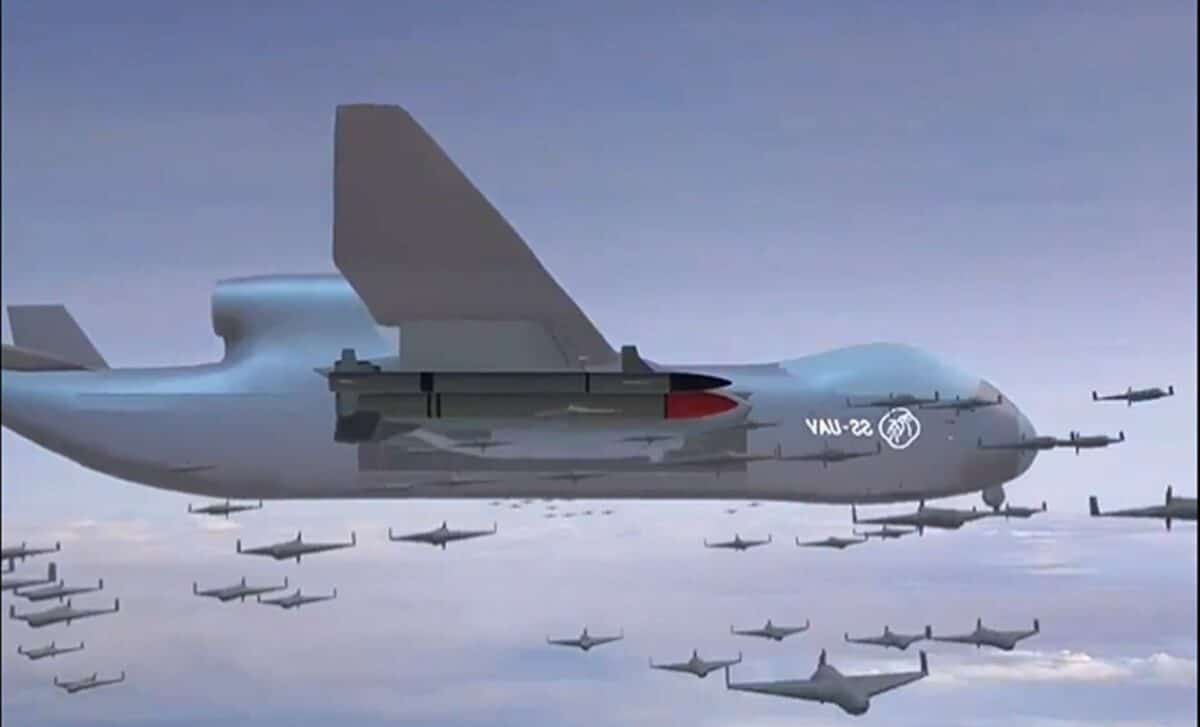China is set to launch the first test flight of its new drone carrier, the Jiu Tian, within days. This unmanned aircraft is designed to release swarms of up to 100 smaller drones, aiming to challenge enemy air defenses with overwhelming numbers.
The Jiu Tian, also called Nine Heavens, represents a significant step in China’s expanding drone capabilities. The drone is intended to extend the reach of the People’s Liberation Army air force, providing new options for aerial combat and support missions.
The rapid development of advanced unmanned aerial vehicles reflects China’s focus on modernizing its military technology, particularly in light of ongoing regional tensions. The deployment of such a large drone carrier is part of broader efforts to compete with established U.S. drone models and strengthen China’s strategic position.
Life at the Infamous Civil War Libby Prison
Design and Capabilities of the Jiu Tian
According to CCTV, the Jiu Tian drone features a wingspan of 82 feet and is powered by a turbofan engine. It can fly at altitudes reaching 15 kilometers and cover a maximum range of approximately 4,350 miles. The aircraft can carry a payload of up to six tons, which includes smaller drones and various types of armaments.
The drone’s primary function is to deploy swarms of up to 100 smaller unmanned aerial vehicles mid-flight, releasing them simultaneously from both sides of its fuselage. This ability allows the Jiu Tian to overwhelm enemy air defense systems by saturating them with numerous targets at once.
Beyond launching drones, the aircraft is built for modularity, with its payloads capable of being swapped in under two hours. This flexibility enables it to perform diverse missions, such as high-security transport, border defense, and emergency rescue operations, as reported by Newsweek.
Strategic Importance and Military Context
The introduction of the Jiu Tian fits within China’s broader military expansion, especially in the Asia-Pacific region. The country is aiming to surpass U.S. military power by increasing its naval fleet and developing advanced missile systems alongside unmanned technologies.
Observers note that China’s investment in drone swarm tactics and long-range UAVs is part of a strategy to achieve air superiority, particularly in scenarios involving Taiwan, which China claims as a breakaway province. The ability to deploy large numbers of drones simultaneously could be a key element in future conflict scenarios, reports Euronews.
Limitations and Expert Perspectives
Despite its impressive capabilities, some experts have expressed skepticism about the Jiu Tian’s effectiveness in high-intensity combat. Its large size and non-stealthy design make it vulnerable to modern air defense systems such as the U.S. THAAD and Patriot PAC-3, as well as Taiwan’s Sky Bow III and other regional missile defenses.
Tom Shugart, an analyst cited by Newsweek, described the drone as an interesting concept but noted it could be easily targeted and destroyed before releasing its drone swarm. Similarly, a former U.S. Air Force instructor commented on social media that the drone resembles a “gigantic missile magnet” and questioned its survivability in contested airspace.
As mentioned by CCTV, the Jiu Tian is scheduled to undergo a series of tests following its initial flight, after which it may be fully deployed by the People’s Liberation Army air force.








